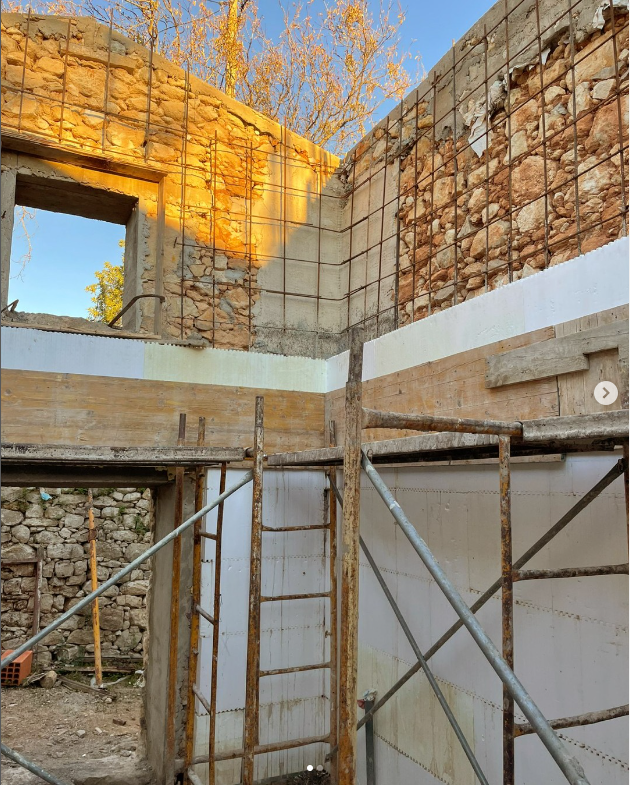The circular economy has arisen as a revolutionary paradigm aimed at tackling the environmental, economic, and social challenges presented by our prevailing linear ‘take-make-waste’ model.
Central to the circular economy is the principle of waste reduction, recycling, and responsible resource management, endeavoring to optimize the value of materials and products across their lifecycle. Particularly within the manufacturing sector, this transition to a circular approach is progressively vital, as industries endeavor to mitigate their environmental footprint while satisfying the escalating need for sustainable products.
Circular design in architecture seeks to emulate the resilience and efficiency found in natural ecosystems. Just as nature operates in cycles, where waste is minimized and resources are continually regenerated, so too should our built environment aspire to function. By adopting this approach, we endeavor to create buildings and spaces that not only serve their intended purpose but also contribute positively to the larger ecological system.
Image credit: Archdaily
One of the fundamental pillars of circular design is the concept of ‘designing out waste.’ In architectural practice, this entails a holistic approach to material selection, construction techniques, and end-of-life considerations. We strive to utilize materials that are renewable, recyclable, or biodegradable, thereby minimizing the environmental impact of construction processes and reducing the generation of waste. Additionally, modular construction methods and prefabrication techniques are employed to optimize material usage and streamline the construction process, further reducing waste generation.
Moreover, circular design encourages us, architects, to prioritize adaptability and longevity in their designs. Rather than creating structures with fixed lifespans, On CORE we envision buildings that can evolve and adapt to changing needs over time. This may involve designing flexible floor plans, incorporating modular components, and utilizing demountable construction systems that allow for easy disassembly and reconfiguration. By extending the lifespan of buildings and reducing the need for demolition and reconstruction, architects can significantly decrease the environmental footprint of the built environment.
(Tiles dating back to 1989 were treated and reinstalled during this renovation)
Circular design principles emphasize the importance of resource recovery and regeneration. Architectural interventions should not only minimize waste but also harness the potential of by-products and surplus materials. Techniques such as material reuse, repurposing, and upcycling enable architects to breathe new life into discarded materials, transforming them into valuable resources for future projects. Additionally, strategies such as rainwater harvesting, greywater recycling, and renewable energy generation further enhance the sustainability of architectural designs, reducing reliance on finite resources and minimizing environmental degradation.

(Reinforced existing walls with welded wire mesh and shotcrete)
Ultimately, circular design in architecture represents a paradigm shift towards a more regenerative and sustainable built environment. By embracing principles of waste minimization, resource efficiency, and resilience, we have the opportunity to create spaces that not only enrich the lives of their occupants but also contribute positively to the health of the planet.
As stewards of the built environment, we play a pivotal role in shaping a more sustainable future, where circularity is not merely a design strategy but a guiding principle for a harmonious relationship between humanity and the natural world.




